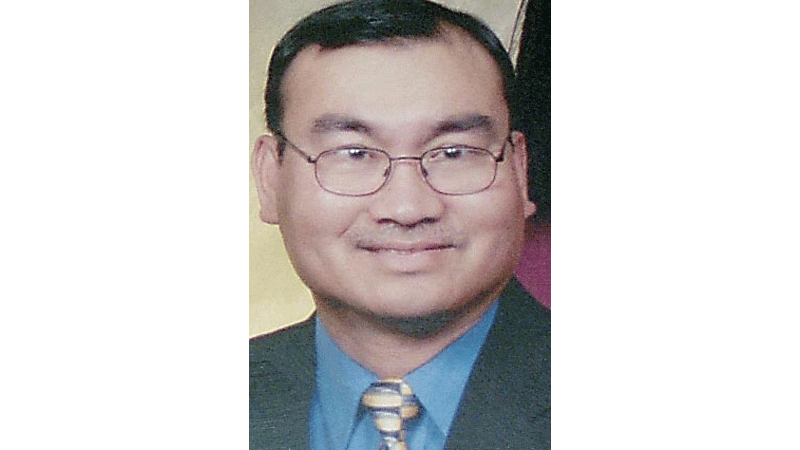Advocacy billboard spread beyond ‘Missouri’
Published 11:59 am Friday, February 23, 2018
by Peter Funt
A long Interstate 294 a billboard campaign was launched this week to educate people about the hijab headscarf that’s frequently worn by Muslim women.
The signs were purchased by GainPeace, a group hoping to combat prejudice and promote a better understanding of Islam through the use of billboards. Great idea — but where did it come from?
A safe bet is that the movie “Three Billboards Outside Ebbing, Missouri” had a lot to do with it. The film has caused a flurry of roadside advocacy and, in a broader sense, reopened debate about billboard blight itself.
In the movie, a grieving mother, played compellingly by Frances McDormand, is devastated by her daughter’s murder and the failure by police to solve the case. So she rents three billboards with messages designed to goad authorities.
Meanwhile, in real life: Just days after a gunman killed 14 students and three adults at a school in Parkland, Florida, three billboards showed up near the office of Sen. Marco Rubio (R-Fla.) in Doral. The first read, “Slaughtered in school.” The next, “And still no gun control.” And the third, “How come, Marco Rubio?”
In the movie the three signs read: “Raped while dying,” “And still no arrests?” and “How come, Chief Willoughby?”
As McDormand’s character explains, “The local police department is too busy goin’ around torturing black folks to be bothered doing anything about solving actual crime, so I kinda thought these here billboards might, you know, kinda concentrate their minds some.”
Advocacy billboards have been in use for decades, turning up mostly during election campaigns. What McDormand’s character does is combine advocacy with sequential signage — a technique first popularized in the 1920s by the Burma-Shave shaving cream company.
In one of advertising’s most effective gambits, Burma-Shave placed consecutive signs along the nation’s highways, with a running message. The first series, in 1926, read: “Cheer up, face” followed by “The war is over!” followed by “Burma-Shave.”
In real life: Activists in London recently purchased three billboards to call attention to a deadly fire last year in a public housing complex, the cause of which remains a mystery. The billboards read: “71 dead,” “And still no arrests,” “How come?”
In Philadelphia, billboards were even part of Super Bowl excitement thanks to 30 giant electronic signs that sprouted across the metro area, praising the champion Eagles and the quarterback Nick Foles. They were the handiwork of Dave Peacock, a diehard Eagles fan, who runs an outdoor advertising company.
Interestingly, while some activists are turning to billboards to promote causes, others continue to protest their very existence. Four states — Hawaii, Vermont, Alaska and Maine — have outlawed billboards. Two others — Rhode Island and Oregon — have banned new billboard construction. Over 100 communities in 22 states have anti-billboard laws.
In Chicago highways are cluttered with new digital LED billboards — as big as the old-fashioned kind but capable of changing images every few seconds and flashing brightly in motorists’ faces. It has given roads circling Chicago the grotesque quality of the Las Vegas strip, but without any entertainment or excitement.
Some cities see the new LED billboards as sort of a bargaining chip. Orlando, for example, recently came up with The Digital Billboard Exchange Program. It allows sign companies to erect several electronic billboards on major highways in return for demolishing 16 old-style billboards that are eyesores on local streets.
Meanwhile, the melding of movies and messages and billboards is on display in Northern California. Sacramento native Greta Gerwig and her film, “Lady Bird,” vying with “Three Billboards” for the Best Picture Oscar, is currently honored on eleven giant billboards towering alongside Sacramento highways.
Peter Funt is a writer and speaker. His book, “Cautiously Optimistic,” is available at Amazon.com and CandidCamera.com.





